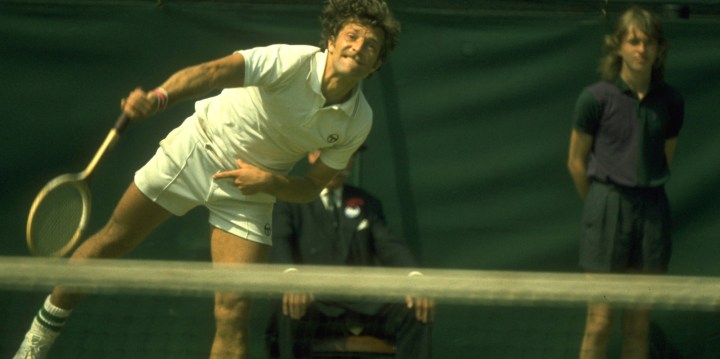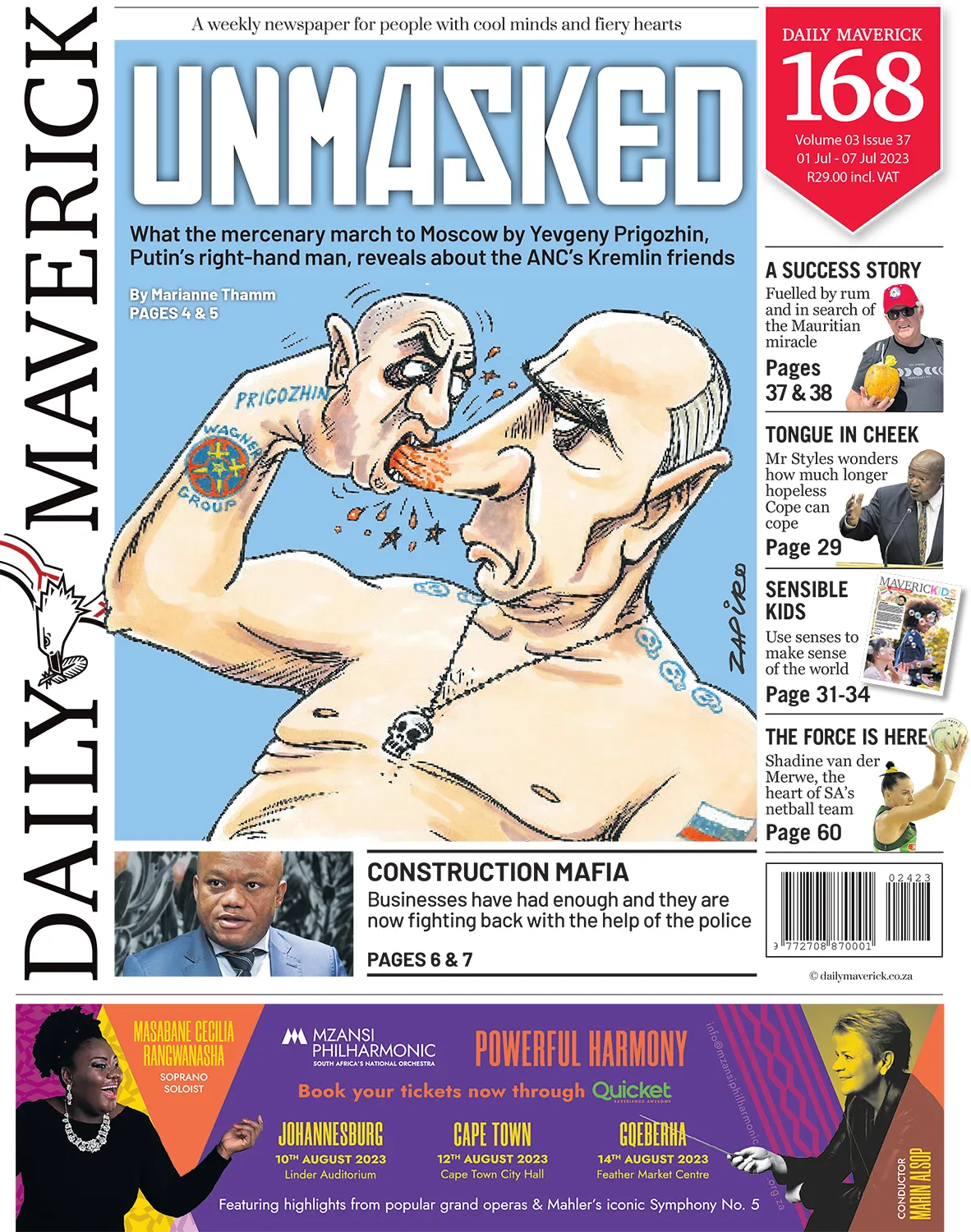TENNIS
Weird Wimbledon ’73 – A boycott, Borgmania and Linky Boshoff, the SA star who made Snoopy swoon

The world’s premier tennis tournament of 1973 was momentous, but more for what happened off the court than on it.
The Wimbledon tournament of 1973 was undoubtedly historic and momentous, but more for what happened off the courts than on them.
Twelve of the top 16 men’s seeds, including defending champion Stan Smith of the US, and 81 professionals boycotted the tennis showpiece 50 years ago in what became a seminal display of player power – headed by a South African – which shifted the balance of the game forever.
Jan Kodeš of Czechoslovakia went on to take the 1973 men’s title in an all-Soviet bloc final against Russia’s Alex Metreveli. Because of the unprecedented boycott, Kodeš’s triumph always has an asterisk against it, but he was a fine player who also won two French Opens and twice reached the US Open final.
The nominal trigger for the strike was the banning of Yugoslavian Niki Pilić because of his alleged refusal to play Davis Cup for his country.
The bigger issue was the players finally asserting themselves in the relatively new world of “Open” tennis. It’s hard to imagine, in an era of £2-million winners’ cheques, that Wimbledon and other Grand Slam tournaments offered no prize money at all until 1968.
Until then, the official game was nominally amateur and anyone wanting to make a decent living from the sport had to forego the famous Slams and compete on various ramshackle professional circuits.
One of which, believe it or not, was called “The Handsome Eight” and included Pilić, Australia’s mustachioed John Newcombe and the undeniably dashing South African Cliff Drysdale.
Even after the merger of the pro and amateur circuits into the Open game, prize money remained small (£5,000 for the Wimbledon winner in 1973) and the players were more pawns than kings, relying on the good graces of their national tennis authorities for permission to compete.
But they began to assert themselves with the formation of the Association of Tennis Professionals (ATP) in 1972, headed by Drysdale. And it was the ATP, under Drysdale’s leadership, which voted to boycott Wimbledon if Pilić wasn’t allowed to play.
Plenty of drama
The All England Lawn Tennis and Croquet Club (they’ve since dropped the “Croquet”) committee weren’t the compromising kind and went ahead without legends such as Smith, Newcombe, Arthur Ashe, Ken Rosewall and Roy Emerson.
Huge crowds still flocked to watch the much-weakened tournament and were rewarded with plenty of drama. Ilie Nastase – who had lost an epic five-set final to Smith the year before – refused to join the boycott, claiming he was under orders from the Romanian military as a serving captain, but he lost to another holdout, hometown hero Roger Taylor.
“Nasty”, as Nastase was known, was temperamental, wayward, abusive, charismatic and talented … a sort of Nick Kyrgios with real cred, including French and US Open trophies and more than 100 tour titles.
A 17-year-old Bjorn Borg reached the quarterfinals, followed by hordes of teenage girls, and tabloid Borgmania was born as he became the sport’s first male sex symbol.
Another rising and raging phenomenon was 20-year-old Jimmy Connors. Ever the maverick, he refused to join the ATP at all and lost in the quarters to Metreveli.
The elegant Indian Vijay Amritraj also went out in the quarters and later co-starred with Roger Moore in the James Bond movie Octopussy.
Three South Africans were in the men’s draw. John Yuill lost to Kodeš in the third round, whereas Bernie Mitton beat Deon Joubert in the third round for the right to be demolished by Connors in the fourth.
As for Pilić, he went on to achieve a degree of fame by mentoring four Wimbledon winners – Boris Becker, Goran Ivanisevic, Michael Stich and Novak Djokovic – and for captaining five Davis Cup winning teams with three different nations. But he remains best known for the infamy of the boycott.
Beat Chris Evert in straight sets
The women’s tournament was unaffected, with a full-strength field. Billie-Jean King won the fifth of her six titles, beating rising star and fellow American Chris Evert in straight sets.
King, who led the emancipation of the women’s game so formidably, would learn valuable lessons from the ATP’s bold actions, which may not have halted the tournament but startled the authorities into significant changes.
Five South African women took part in 1973 (with only one win between them): Ilana Kloss, Pat Pretorius, Brenda Kirk, Laura Rossouw and Linky Boshoff.
Kloss is the most famous of that quintet, as she won junior Wimbledon and US Open titles and married Billie-Jean King, but Uitenhage’s Boshoff, who reached the quarters at Wimbledon the following year, claims the rare achievement of attracting the affections of Snoopy.
In Snoopy’s Tennis Book, Charles Schulz’s cartoon hound imagines himself playing at Wimbledon where he “ate 12 bowls of strawberries and cream, and fell in love with Linky Boshoff”. DM
Mike Wills is a journalist and talk show host.
This story first appeared in Daily Maverick’s sister publication DM169, which is available countrywide for R29.

DM168 1 July 2023
















 Become an Insider
Become an Insider
Comments - Please login in order to comment.